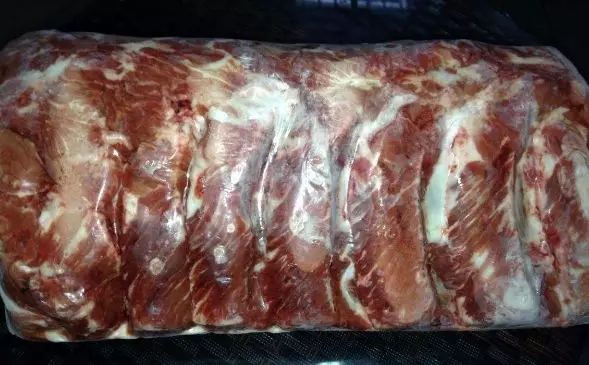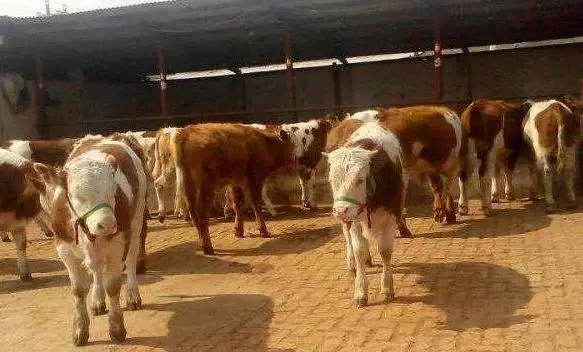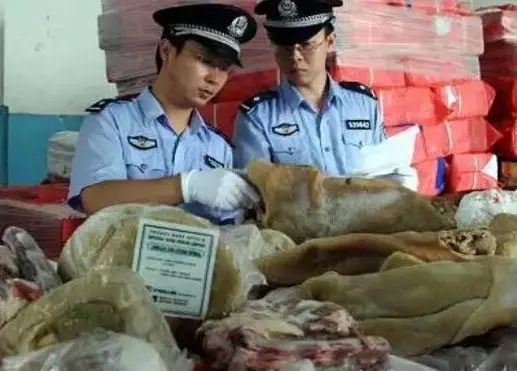At present, China''''''''s imports have increased by more than 30% in recent years, but the gap is still close to 1 million tons, which will be further expanded in the future. On the one hand, the development of animal husbandry is restricted by the pressure of resources, on the other hand, the consumption of residents is upgraded.
It is expected that beef imports in China will continue to grow at a high speed in the next 10 years.

Behind the massive increase in imports
According to customs data, beef imports in China show an increasing trend year by year. In 2017, beef imports in Zhengguan (goods are normally declared) were close to 700,000 tons. In the first three quarters of this year, the import of beef has reached 738,000 tons, an increase over the same period last year.46.8%。
The reason for the large increase in beef imports in recent years is mainly due to the consumption upgrading of Chinese residents. Beef is high in protein and low in fat, coupled with changes in lifestyle, which is favored by young consumers.
China''''''''s meat consumption is about 60 kilograms per capita, twice the world average, and has reached a high level. From the perspective of meat consumption structure, Chinese residents mainly consume pork, and the per capita consumption of beef and mutton is far below the world average.
Imported beef is cheap. Although beef cattle in China have experienced a wave of capacity expansion in recent years, the whole aquaculture industry chain still needs to be improved, the breeding level is low and the cost of breeding is high.

From 2009 to 2013, the stock of cows in China decreased from 33 million to 23 million, and 10 million in four years. The dramatic decline in the stock of able-to-breed cows has reduced the stock of domestic beef cattle from 89 million to 68 million since 2009.
Since 2013, the gap between beef supply and consumption in China has been increasing year by year due to the sharp increase of domestic demand and the relative decline of beef cattle stocks. According to industry statistics, the beef consumption gap reached 967,000 tons in 2017.

It is unavoidable that besides Zhengguan, there are still a large number of smuggling phenomena. A very important reason is that there is an attractive price difference between domestic and foreign beef.
In Brazil, the price of beef cattle is 8-9 yuan per kilogram, while in China, the price of beef cattle is 25-30 yuan per kilogram. The price difference between the two can be as high as about two times. Even the normal customs clearance cost of imported beef is 15-16 yuan per kilogram, and the price difference is nearly double.
Recently, some media revealed that the sale of smuggled frozen meat has become a "hidden rule" in the industry, although there is no formal import procedures, but the price is cheap, the market is very strong supply and demand.
The combined tax rate for imported meat is about 25%. Taking beef as an example, the value of imported beef is about 20,000 yuan per ton. According to this calculation, the tax loss of about 5,000 yuan per ton of smuggled beef, about 25 tons per container of beef and 125,000 yuan per ton of smuggled beef are caused.
Since 2016, the General Administration of Customs has promoted the joint special action of "National Gate Sword" for three consecutive years. In 2018, the National Customs has listed cracking down on frozen goods smuggling as one of the priorities of the joint special action of "National Gate Sword 2018".
According to the official website of the General Administration of Customs, in the first quarter of "Guomen Lijian 2018", Guangzhou Customs has uncovered three major cases of smuggled frozen goods worth more than 100 million yuan, totaling 825 million yuan, and seized nearly 1800 tons of suspected smuggled frozen goods on the spot.
Since 2015, beef imports in China have gradually opened up. In recent years, Brazil has become the largest source of beef imports in China.
Take Australia as an example, since the signing of the FTA in 2015, import tariffs have dropped to 2% in 2018, making the price of imported beef far lower than that of domestic beef of the same kind.
